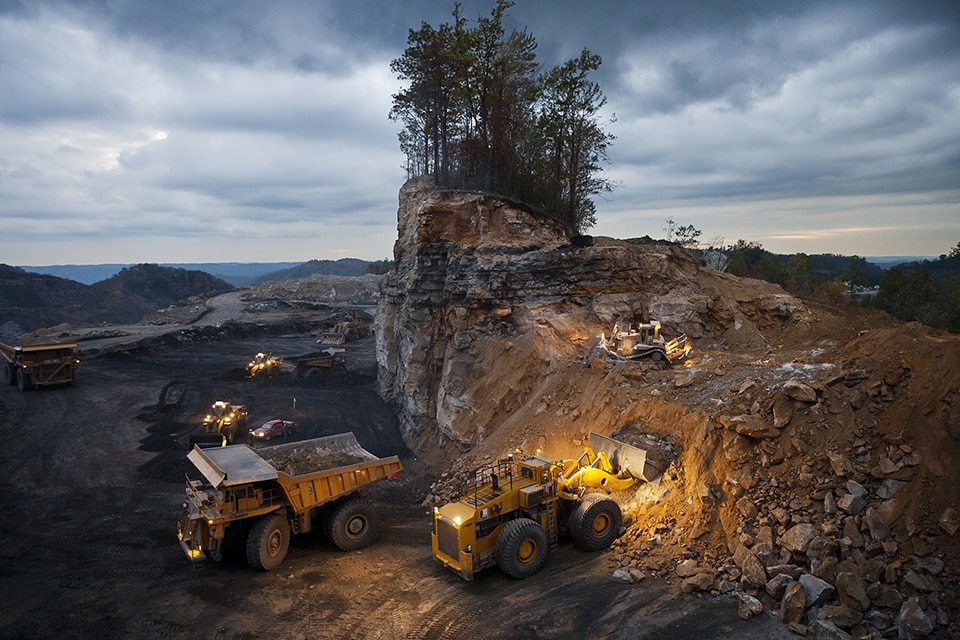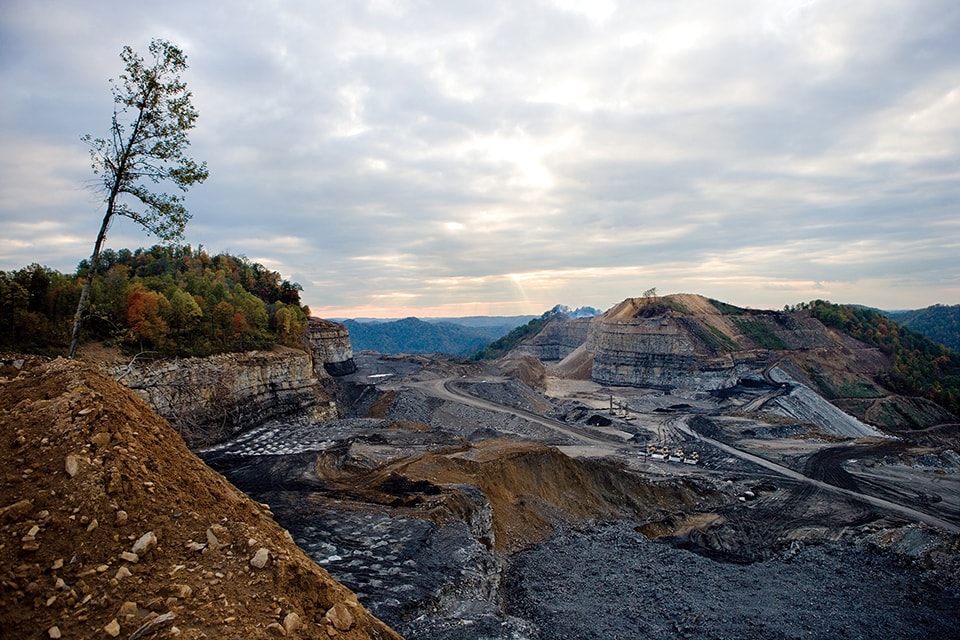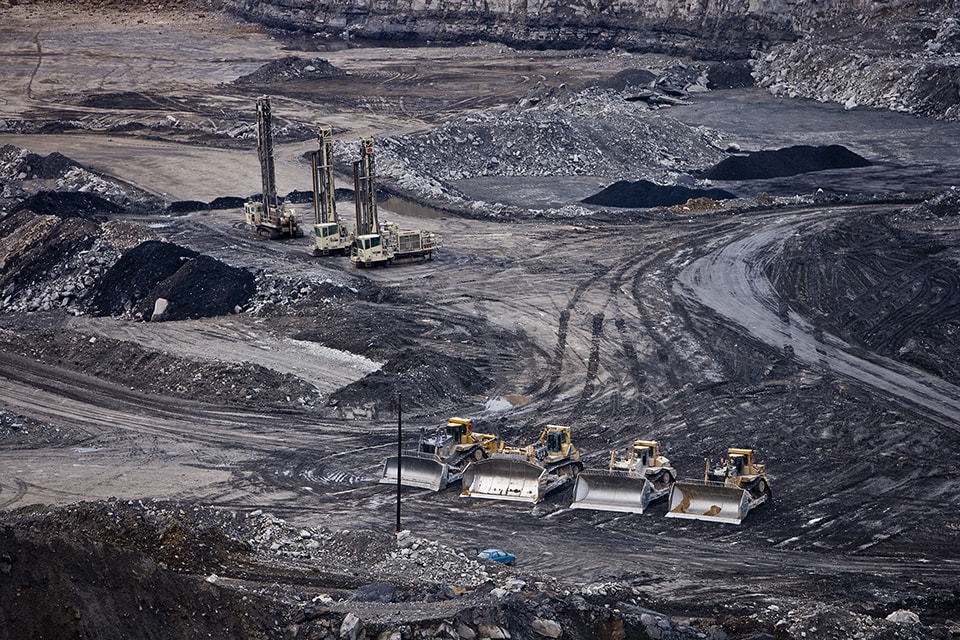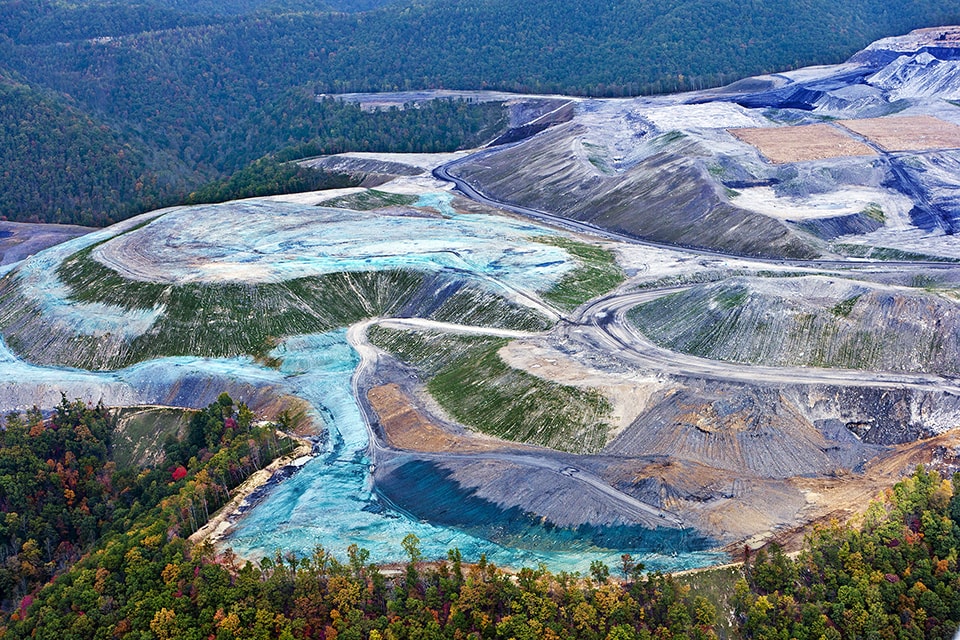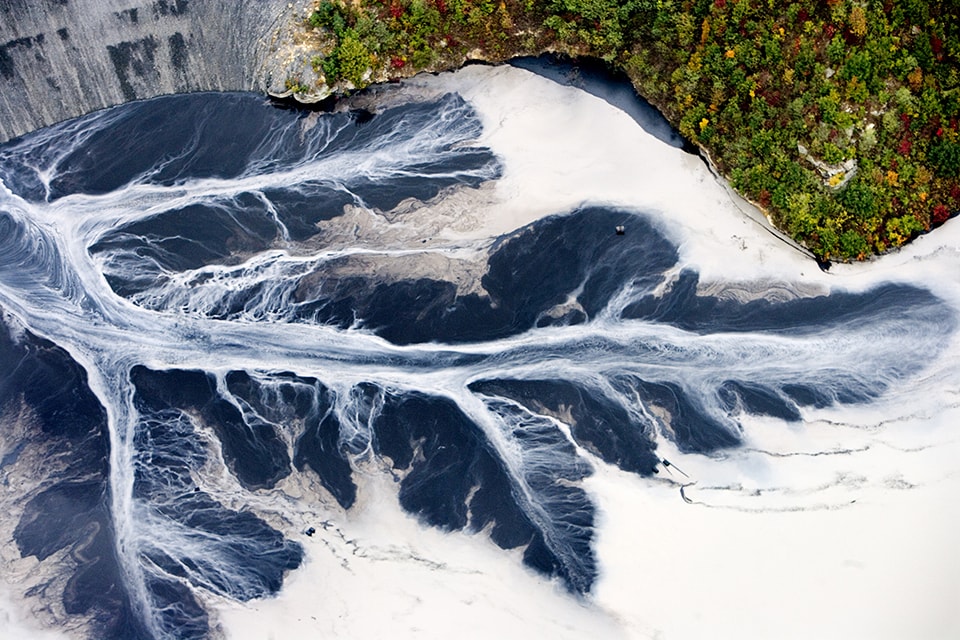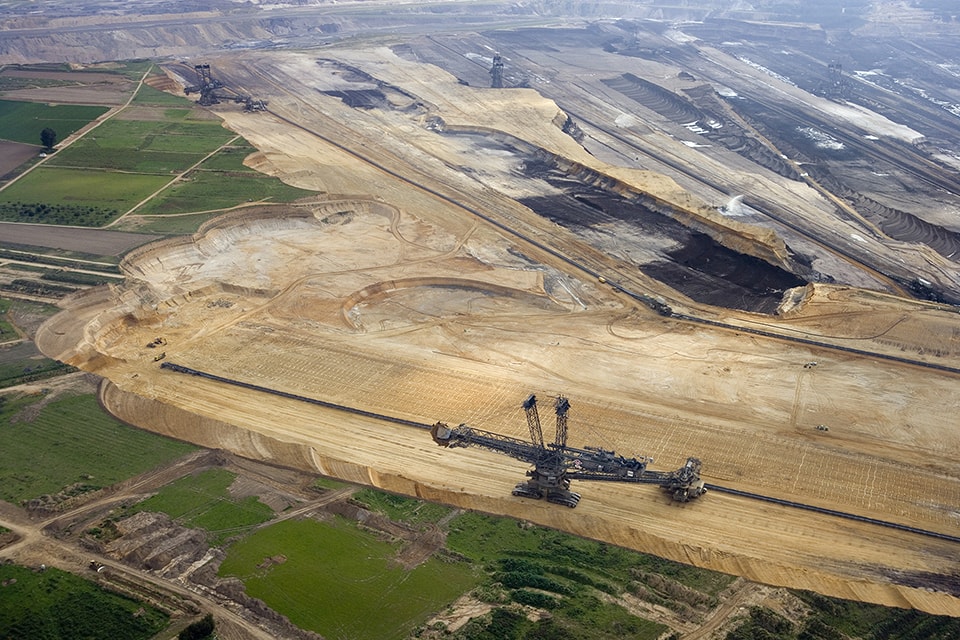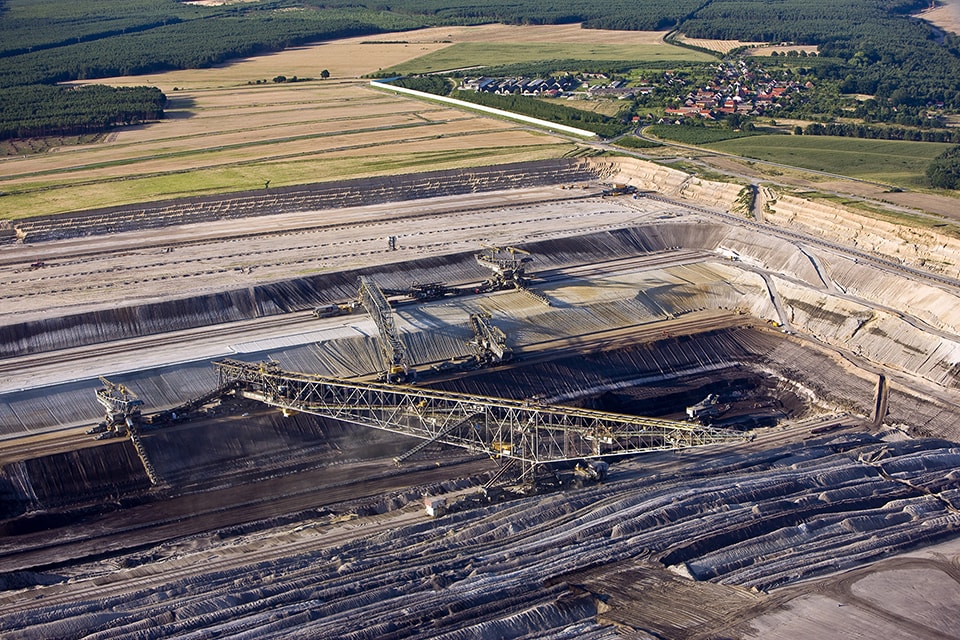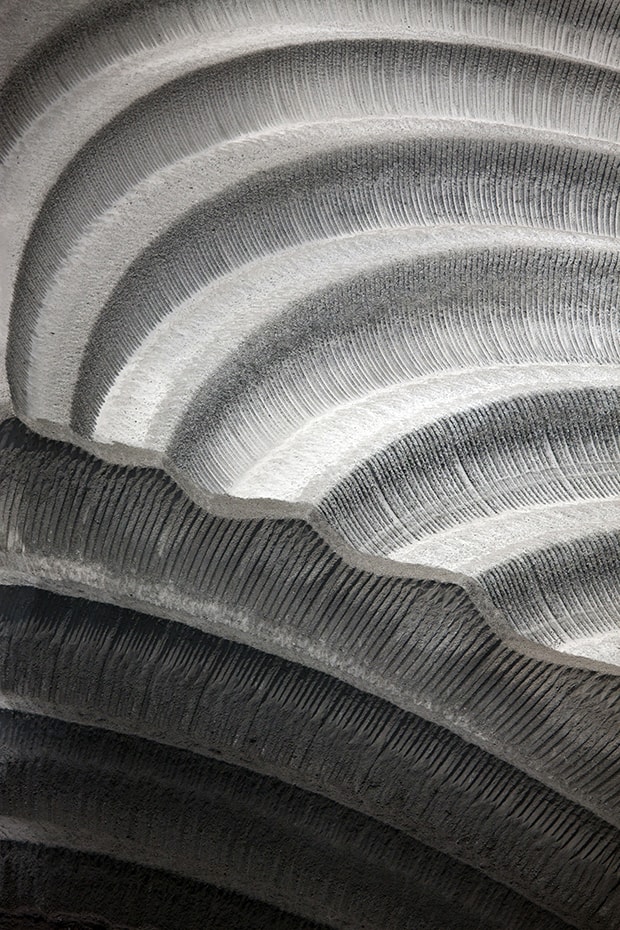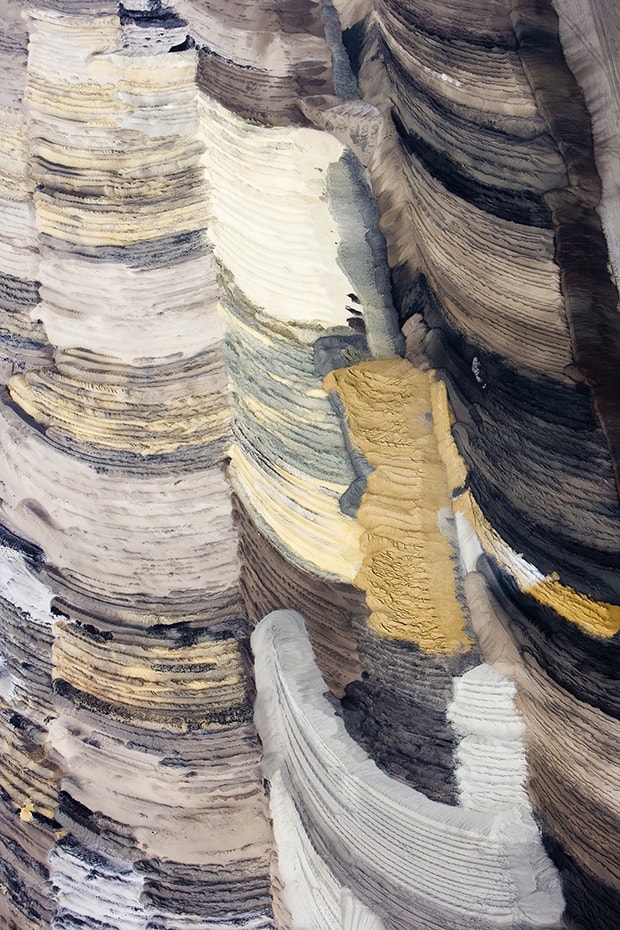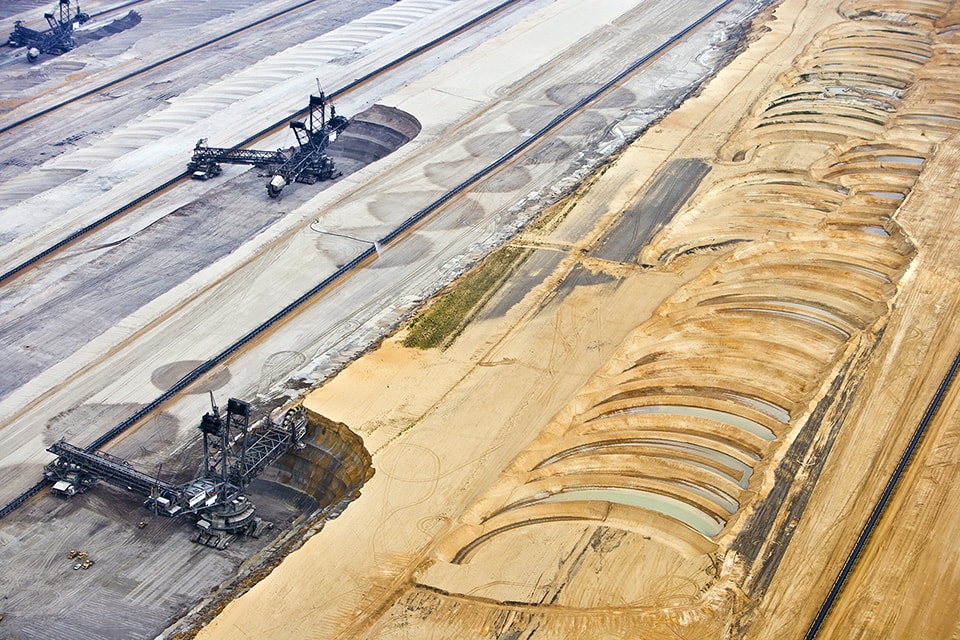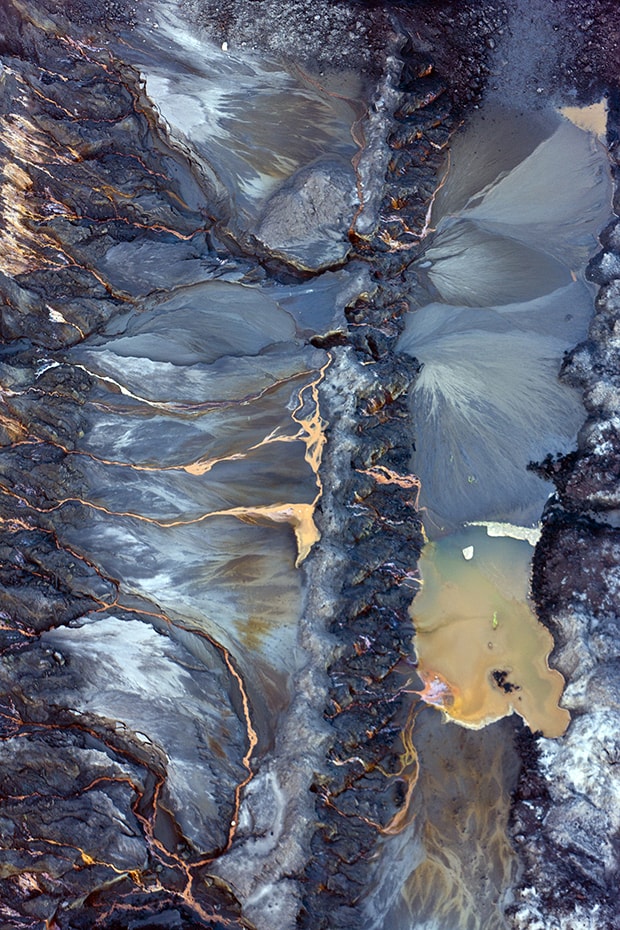We take many things for granted in our complex world, the source of our electricity being one of the least considered. The USA, though in the process of converting some of its oldest and most toxic coal-fired power plants to natural gas, gets about 40% of its power from coal. We are sold this toxic folly under the sound bite “cheap energy” when in fact it is costly from every viewpoint.
We literally pay for our electricity in advance with the billions in cash subsidies given to coal, then with our taxes we pay for health effect on our population. Coal power plants are disproportionately in poorer areas in which we would expect taxpayer subsidies on health care to be higher, and emergency room visits to be the primary source of care.
And let’s not forget the health impact coal has on each of us: even a small one emits 150 pounds of mercury into the air annually. Now think back to your chemistry class to remember the safe exposure for a human to mercury. Is it a gram? Microgram? Smaller? Zero. 0. Now look at a map and see how far the nearest one is to you, to your child?
One can look at coal with dark humor: there is nothing it does not destroy, and the damage continues rampantly through its life cycle: deforestation, habitat destruction, water depletion water contamination, air pollution, and of course the lurking rampage in the china shop: climate change. The biggest 100 coal fired power plants produce as much CO2 as all of the passenger cars on the road.
Burning coal is clearly something that must be stopped immediately for our safety. This means many things: an immediate nation-wide push for energy conservation, and a simultaneous drive for new clean industries to replace the power we need. The irony is that we will benefit on so many levels, globally, nationally and individually by this effort.
Mountaintop removal coal mine at night. Kayford Mountain, West Virginia, USA.
Kayford Mountain mining site. Kayford Mountain, West Virginia, USA.
Idle Machines on Mountaintop Removal Site. Kayford Mountain, West Virginia, USA.
Clearing of old-growth forest prior to Mountaintop removal mining. Around Kayford Mountain, West Virginia, USA.
Mountaintop removal mining site showing original forest and remediation. Kayford Mountain, West Virginia, USA.
Grass being planted on covered Mountaintop Removal mining site. Around Kayford Mountain, West Virginia, USA.
Slurry from coal processing. Around Kayford Mountain, West Virginia, USA.
Border between mined and undestroyed areas and excavator. Otzenrath, Germany.
Lignite mine with town of Griessen in background. Lausitz, Germany.
Ash from brown coal combustion is spread in exhausted mine. Garzweiller, Germany.
Striated rows of overburden from brown coal mining. Otzenrath, Germany.
Three bucket-wheel excavators working on different levels. Niederzier, Germany.
Bucket-Wheel Excavator Removing First Layer Of Earth At Brown Coal Mine. Garzweiller, Germany.
Acid mine drainage in brown coal mine. Garzweiller, Germany.
Images © J Henry Fair. Flights provided by SouthWings and Motorfluggruppe Grenzland.
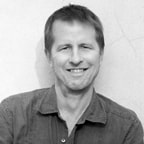 Photographer J Henry Fair is best known for his Industrial Scars series, in which he researches our world’s most egregious environmental disasters and creates images that are simultaneously stunning and horrifying, and more closely resemble abstract paintings by Georgia O’Keeffe and Jackson Pollock than what the collective views as reality. Mr. Fair’s work has been featured in segments on The TODAY Show, CNN, NPR’s Marketplace, and WDR German TV, as well as in most major publications, including The New York Times, National Geographic, Vanity Fair, Rolling Stone, New York Magazine, Harper’s Magazine, Smithsonian Magazine, and Scientific American. Additionally, Mr. Fair’s work travels around the world in fine art exhibitions at major museums, galleries, and educational institutions.
Photographer J Henry Fair is best known for his Industrial Scars series, in which he researches our world’s most egregious environmental disasters and creates images that are simultaneously stunning and horrifying, and more closely resemble abstract paintings by Georgia O’Keeffe and Jackson Pollock than what the collective views as reality. Mr. Fair’s work has been featured in segments on The TODAY Show, CNN, NPR’s Marketplace, and WDR German TV, as well as in most major publications, including The New York Times, National Geographic, Vanity Fair, Rolling Stone, New York Magazine, Harper’s Magazine, Smithsonian Magazine, and Scientific American. Additionally, Mr. Fair’s work travels around the world in fine art exhibitions at major museums, galleries, and educational institutions.

